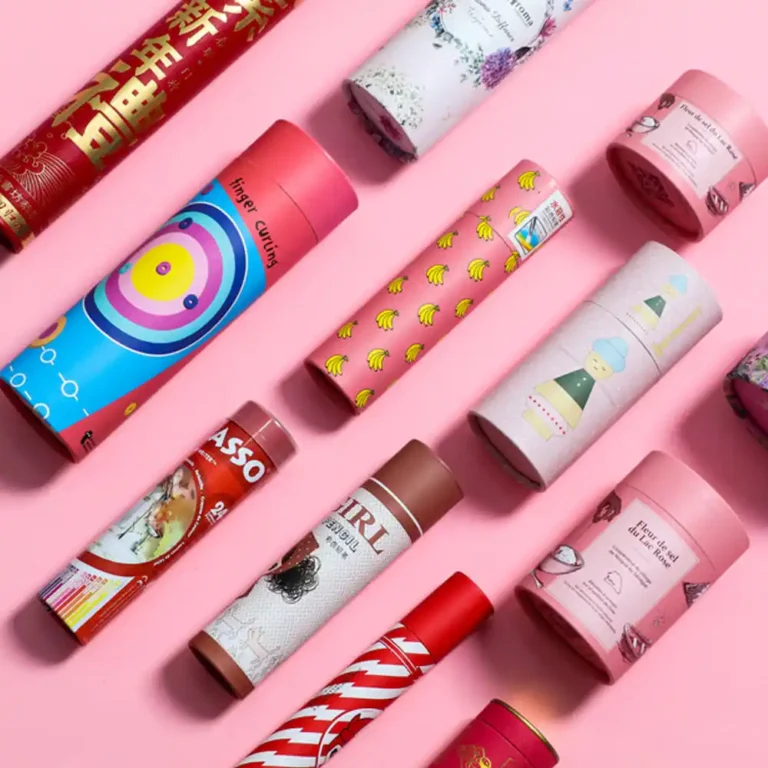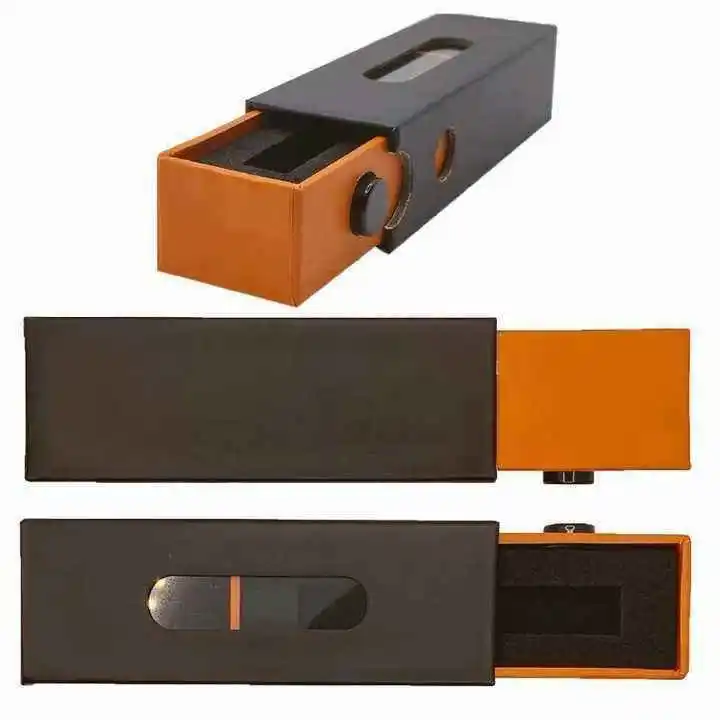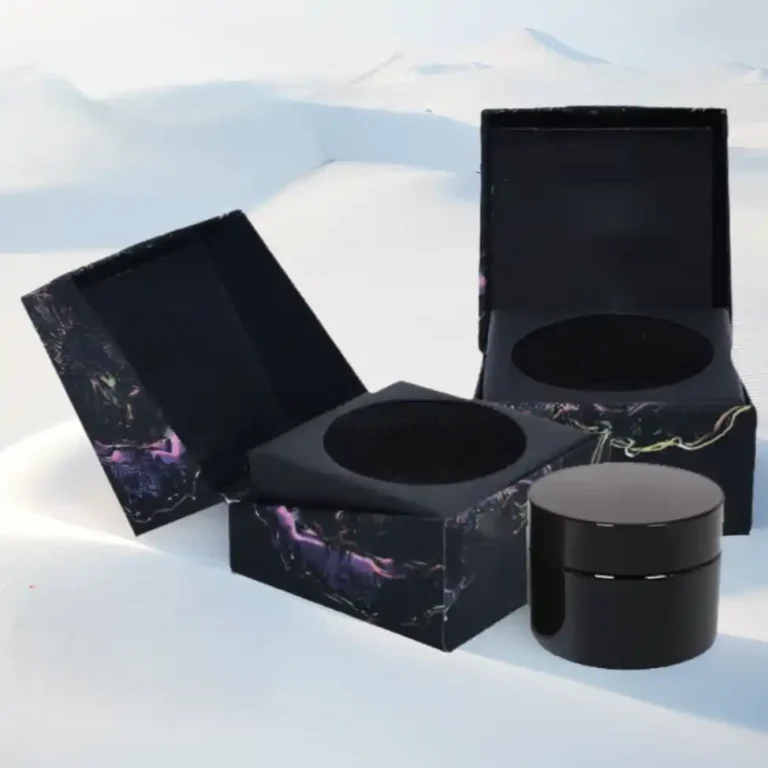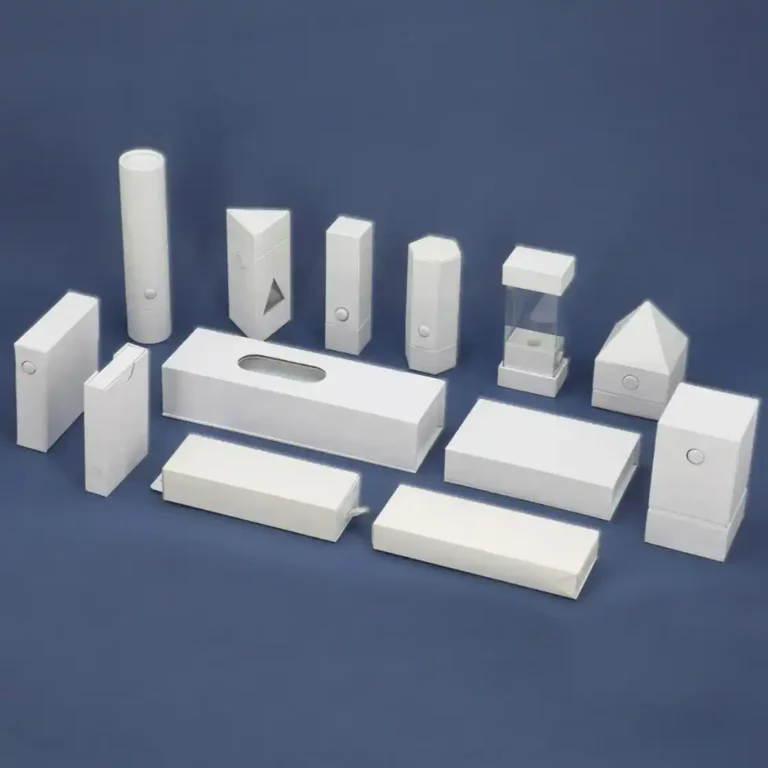E-commerce Packaging Beginner’s Guide: 7 Key Strategies and Practical Suggestions
Introduction
In today’s brutally competitive e-commerce landscape, a package is no longer just a cardboard box—it’s the first physical handshake between your brand and your customer. Long before they leave a review or click “buy again,” they are silently judging you through that box, that tape, that first tear of the opening.
Table of Contents
Research shows that 72% of consumers believe packaging design directly affects their purchase decisions, and 68% say a bad unboxing experience is enough to stop them from repurchasing. In other words: your packaging can either become a loyal salesperson working for you at the customer’s doorstep, or a silent saboteur pushing them toward your competitors.
E-commerce packaging is simultaneously:
- your brand’s first offline business card,
- a key lever for cost and damage control, and
- an often-overlooked engine for customer retention and loyalty.
This article distills industry trends and real-world cases into 7 key strategies for beginner sellers. Think of it as a roadmap to help you balance structural protection, brand storytelling, material choices, cost, technology, returns, and sustainability—so every parcel that leaves your warehouse carries both your product and your brand’s personality.

1. Protection function: the core mission of packaging
Before a box can charm a customer, it has to protect the product. If packaging had a job title, its first duty would always be “bodyguard.”
1.1 Structural design and filler: building a tailored “armor”
According to Amazon’s official packaging guidelines, you should choose containers based on the exact size, weight, and fragility of your product. The goal is simple: eliminate unnecessary gaps so your product doesn’t rattle like loose change in transit.
- For fragile items, imagine layering shields:
- Use double-carton (double boxing) for impact protection.
- Add bubble wrap, air cushions, or degradable foam to absorb shocks.
- For lightweight textiles such as clothing, your product doesn’t need a heavy “suit of armor”:
- Use padded mailers or poly mailers to reduce weight and shipping costs.
Here, packaging is like a tailor: it should “measure” each product and give it exactly the armor it needs—no more, no less.
1.2 Compression test: let the package “experience the journey” first
Before the courier touches the box, you can simulate a mini logistics journey in your warehouse:
- Shake test – Pick up the parcel and shake it firmly.
- If you can hear movement, your product is “telling” you it’s not secure.
- Drop test – Drop the package from realistic heights used in transportation to check for internal damage and structural deformation.
For example, a mosquito killer lamp brand reduced its transportation damage rate to just 0.5% by using a “triple anti-escape” structural design. In practice, that meant the packaging wasn’t just a box—it was a carefully engineered safety system, saving money on refunds and boosting customer trust.
2. Brand marketing: use packaging to tell a good brand story
Packaging is often the first physical storyteller of your brand. Even before customers press the “power” button on your product, they’re already forming opinions based on your box.
2.1 Visual differentiation: let your box be recognizable at a glance
Different categories require different emotional languages:
- Maternal and baby products
- Warm illustrations, soft colors, rounded shapes
- Convey safety, care, and gentleness
- Tech products
- Minimalist lines, clean layouts, high-contrast or cool-toned colors
- Communicate intelligence, performance, and innovation
The Haier “Little Superman” air conditioner, designed by Tianyi, is a great example. With “smart life” as its theme, the packaging uses simple typography and youthful color palettes. The result? It doesn’t scream for attention, but it feels fresh, reliable, and modern—and it became a sales champion during the promotional period.
2.2 Personalized elements: turning a delivery into a small ceremony
A box can feel like a gift or like a random shipment from a stranger. The difference lies in details:
- Branded stickers or logos
- Custom ribbons
- Small thank-you cards with a human tone (“Thanks for choosing us,” “We packed this with care just for you”)
In one Hishop case, recyclable paper boxes printed with brand slogans increased repurchase rates by 23%. The cardboard did not suddenly become stronger; it became more meaningful. Customers felt that the brand had taken an extra step to communicate, and that emotional connection translated into loyalty.

3. Material selection: balancing environmental protection and functionality
Today’s customers increasingly see packaging as an extension of your values. A box that’s impossible to recycle or full of unnecessary plastic can silently say, “We don’t care about sustainability.”
3.1 Degradable materials: letting packaging exit gracefully
Brands are experimenting with degradable and recyclable materials so that packaging doesn’t leave a long-term footprint:
- China Post’s fully biodegradable tape
- P&G’s Versafill memory honeycomb paper
Together, such materials can reduce up to 85% of plastic usage and approach 100% recyclability. Your packaging, in this sense, becomes a “responsible guest” in your customer’s home—one that leaves without causing trouble.
3.2 Lightweight strategy: making your packaging “slim but strong”
Replacing wooden crates or overly thick cartons with corrugated cardboard helps in two ways:
- Lowers volumetric weight, avoiding extra charges on “air” inside the box.
- Aligns with environmental expectations, as many corrugated papers are recyclable and can be sourced responsibly.
Many service providers, like Sorftime, recommend natural white or kraft paper as primary options:
- They print well and present colors nicely.
- They naturally signal “eco-conscious,” “simple,” and “authentic.”
Here, the material is not only protecting your product—it’s also speaking on behalf of your brand’s conscience.

4. Cost control: optimizing budget and transportation efficiency
Good packaging doesn’t mean expensive packaging; it means smart packaging. Think of it as a partner who protects your product and defends your profit margin.
4.1 Mastering volumetric weight: stop paying to ship air
Most couriers don’t just charge by the actual weight—they also look at dimensional (volume) weight:
Volumetric Weight = Length × Width × Height ÷ Divisor (for example, UPS often uses 139 as the divisor)
If your product is swimming in an oversized box, you’re literally spending money to ship empty space.
By:
- tighter structural design,
- right-sizing boxes to product dimensions,
- and using smarter filler,
many sellers successfully reduce their logistics costs by 20%–30% without sacrificing protection. In that sense, every centimeter of cardboard you trim is a direct contribution to your bottom line.
4.2 Bulk procurement and automation: letting the system work for you
As order volume grows, your packaging process can no longer rely solely on manual labor and memory.
You can:
- Use automated box-sealing or packing machines to handle repetitive tasks.
- Introduce barcode or QR-based systems to link orders, items, and packing lists accurately.
For instance, tools like the HiMall plugin can automatically generate packing lists for each order, reducing human error and speeding up dispatch. It’s like hiring an invisible operations assistant: always accurate, never tired, and quietly reducing your labor and error costs.
5. Technological innovation: smart packaging and user experience upgrade
When packaging meets digital technology, it stops being a silent container and becomes an interactive touchpoint between you and your customer.
5.1 Smart tracking: letting your package “speak” during the journey
By embedding NFC chips or printing smart QR codes, each package can become a tiny communication hub:
- Customers can scan to see product origin, authenticity, and logistics traceability.
- They can access tutorial videos, FAQs, or campaign pages without searching.
- You can guide them into your membership program or social community in one tap.
China Post’s electronic ink screen smart lock, using a “one person, one code” mechanism, brings higher transparency to delivery. Each parcel becomes a digital node in a larger, visible chain of trust.
5.2 Modular and adaptive design: packaging that “learns” your product’s shape
P&G’s Versafill memory honeycomb paper shows how packaging can be both flexible and efficient:
- It adapts its form to snugly wrap different product shapes.
- It reduces the need to store multiple types of fillers.
- It minimizes warehouse space and complexity.
Instead of stocking dozens of SKUs of different padding materials, sellers can rely on one adaptive system. The packaging behaves like a professional “fitter,” learning how to hug each product securely.
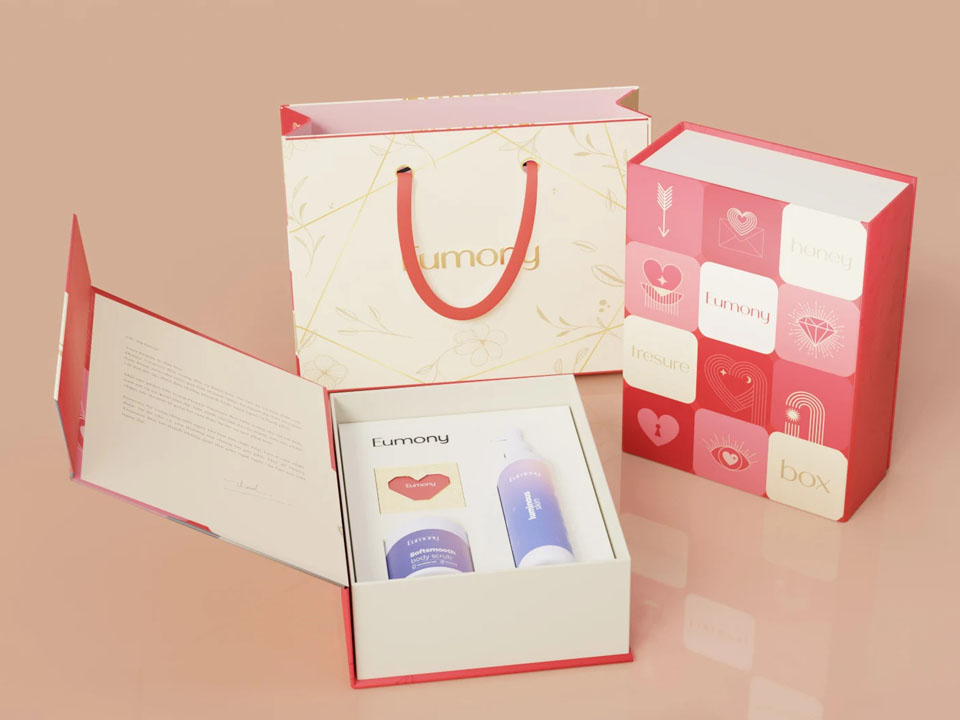
6. Return management: simplify the process to improve customer satisfaction
In e-commerce, returns are not a complete failure—they’re a critical second impression. Your packaging can either turn a return into a frictionless, almost pleasant experience, or into the last straw that pushes customers away.
6.1 Easy-to-open and re-pack: respecting the customer’s time
If customers have to fight the package with scissors and knives just to open it, they start their brand experience with irritation.
Design with:
- easy-tear strips,
- reusable tape, or
- magnetic closures
so that unboxing—and reboxing for returns—can be done safely and quickly.
Amazon’s FFP (Frustration-Free Packaging) standards explicitly emphasize that packaging should be easy to open without tools and simple to re-pack for returns and exchanges. This not only reduces the psychological burden of returning an item but also shows that you respect the customer’s time and effort.
6.2 Return policy visualization: making the next step obvious
Instead of hiding return instructions in dense text or on a hard-to-find webpage, your packaging can become a guide:
- Print or include a QR code linking directly to the return/exchange page.
- Add a short, clear card that outlines the main steps of the process.
For example, Tianyi designed a “Health Commitment Card” for a mosquito repellent lamp, clearly explaining the 30-day no-reason return process. This small card functioned like a signed promise from the brand: “If it doesn’t work for you, we’ve got your back.” That transparency builds trust—even when customers temporarily say goodbye.
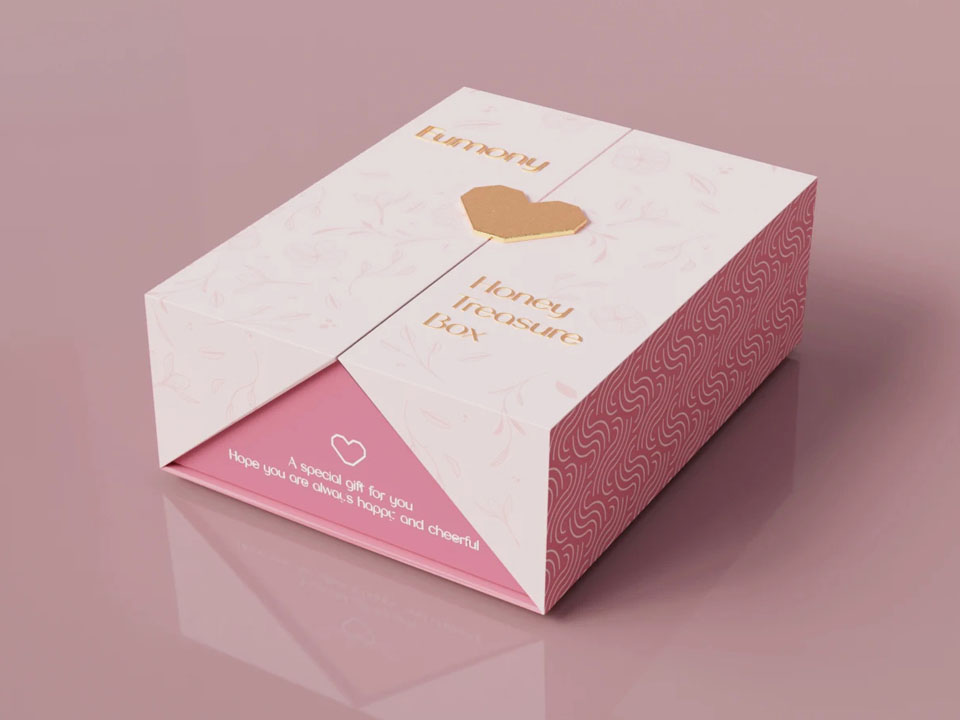
7. Sustainability: from green packaging to circular economy
Sustainability is no longer a mere buzzword; for many consumers, it’s a deciding factor. When packaging becomes part of a circular system, it helps brands stand out in a crowded marketplace.
7.1 Recycling programs: inviting customers into your loop
Instead of treating packaging as pure waste, you can turn it into part of a value exchange:
- Encourage customers to return packaging in exchange for points, discounts, or gifts.
- Build campaigns such as Patagonia-style “old box for discount” activities, turning used packaging into a conversation starter and brand ritual.
This doesn’t just recycle materials—it recycles attention and goodwill, keeping your brand in the customer’s mind beyond the initial purchase.
7.2 Material innovation: letting packaging dissolve its own footprint
New materials like thermoplastic starch cushioning are:
- water-soluble,
- elastic and shock-absorbing,
- suitable for express packaging applications.
Imagine a filler that protects the product during shipping, then quietly dissolves without harming the environment. It’s like a bodyguard who finishes the job and leaves without leaving a trace.
Conclusion
E-commerce packaging is far more than a logistical necessity—it’s the bridge between your product and your customer’s emotions, expectations, and values. For new sellers, it’s crucial to think in at least four dimensions:
- Protection – Can this packaging reliably guard the product through the entire journey?
- Cost – Is it optimized for size, weight, and process efficiency?
- Brand – Does it tell a clear, consistent story about who we are?
- Environmental impact – Does it show respect for the world our customers live in?
By:
- aligning with standards like Amazon’s FFP,
- introducing smart technologies (NFC, QR, tracking),
- adopting degradable and innovative materials, and
- continuously improving the unboxing and return experience,
you’re not just reducing operational risk—you’re building a distinctive barrier to entry in a fiercely competitive red ocean.
Remember: every single package is a moving billboard, a tiny showroom, and a quiet storyteller. Treat each one as the beginning of a long-term relationship, not the end of a transaction—and your packaging will start working for you long after the courier has left your customer’s door.






